How to convert CGPA to percentage? To convert CGPA to percentage, multiply the obtained CGPA by 9.5. For example, if the CGPA obtained is 7.0. So, the percentage for it will be 66.5%.
Table of Contents
How to convert CGPA to percentage? To find out the percentage of obtained CGPA, the formula is to multiply the CGPA by 9.5. CGPA calculator employs calculations considering the total average of all the subjects. Every educational institution needs a unit for calculating the scores of the students. Various systems are used like alphabets, ranking, percentages, GPA, CGPA, SGPA, etc. CGPA stands for Cumulative Grade Point Average.
How to Convert CGPA to Percentage?
There are three main types of CGPA: 4.0 system, 5.0 system, and 10.0 system. CBSE and UGC use the 10.0 system. For CBSE, an average of five main subjects (Excluding the Sixth) is taken, and the grade is allotted on the percentage received.
How to convert CGPA to percentage? Students willing to learn how to convert their CGPA into percentage can refer to the CGPA calculator for CGPA to percentage formula below:
| CGPA to Percentage Formula | Obtained CGPA multiplied by 9.5 = Total Percentage |
For example, if a student has obtained a CGPA of 9.0, to check the percentage, the student will be required to multiply 9 by 9.5; the percentage will be 85.5%.
Advantages of CGPA Calculator
- Students can see their strengths and weaknesses and work on them.
- Since there are no alphabets, there is no social stigma with Fail or and F on the report card.
- The CGPA decreases the pressure of getting high marks as the actual marks are not mentioned in the report cards.
Disadvantages of CGPA Calculator
- The CGPA will not provide an accurate performance report of a student. Since the students cannot see their marks in percentage, they cannot measure their improvement.
- Due to the grading system, children tend to perform less because they know they will achieve the targeted grade even by committing a couple of mistakes.
CGPA Calculator Details
The UGC system in universities differs from CBSE as they mark the number of credits earned. Each subject has several credits, and attendance in the subject is also taken into consideration. This calculation is more complicated than CBSE.
Here is the CGPA calculator for students' convenience and understanding. Learn how to convert CGPA to percentage or calculate CGPA from the following table below:
| Grade | Grade Points | Marks Range | Percentage |
| A1 | 10 | 91-100 | 95% |
| A2 | 9 | 81-90 | 85.5% |
| B1 | 8 | 71-80 | 76% |
| B2 | 7 | 61-70 | 66.5% |
| C1 | 6 | 51-60 | 57% |
| C2 | 5 | 41-50 | 47.5% |
| D | 4 | 33-40 | 38% |
| E1 | Fail | 21-32 | Improvement |
| E2 | Fail | 00-20 | Improvement |
At the university level, the CGPA is the ratio of total credit points secured by a student in various courses in all semesters and the sum of the total credits of all courses in all semesters. It is expressed in up to two decimal places.
Before the CEE was abolished, CBSE had an alphabet grading system, giving alphabet grading to students under A1, A2, B1, B2, and so on. However, this grading system was very confusing and inefficient. There was also a social stigma with the grading of low marks. Therefore, CBSE plans on giving grades from 0 to 10.












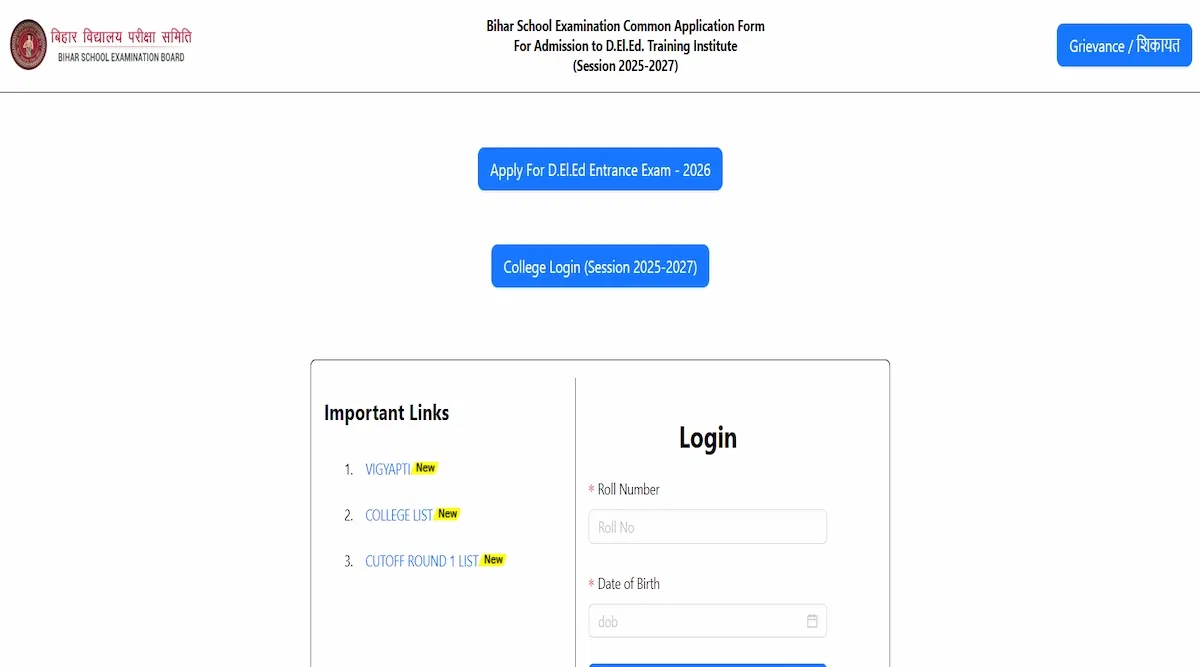



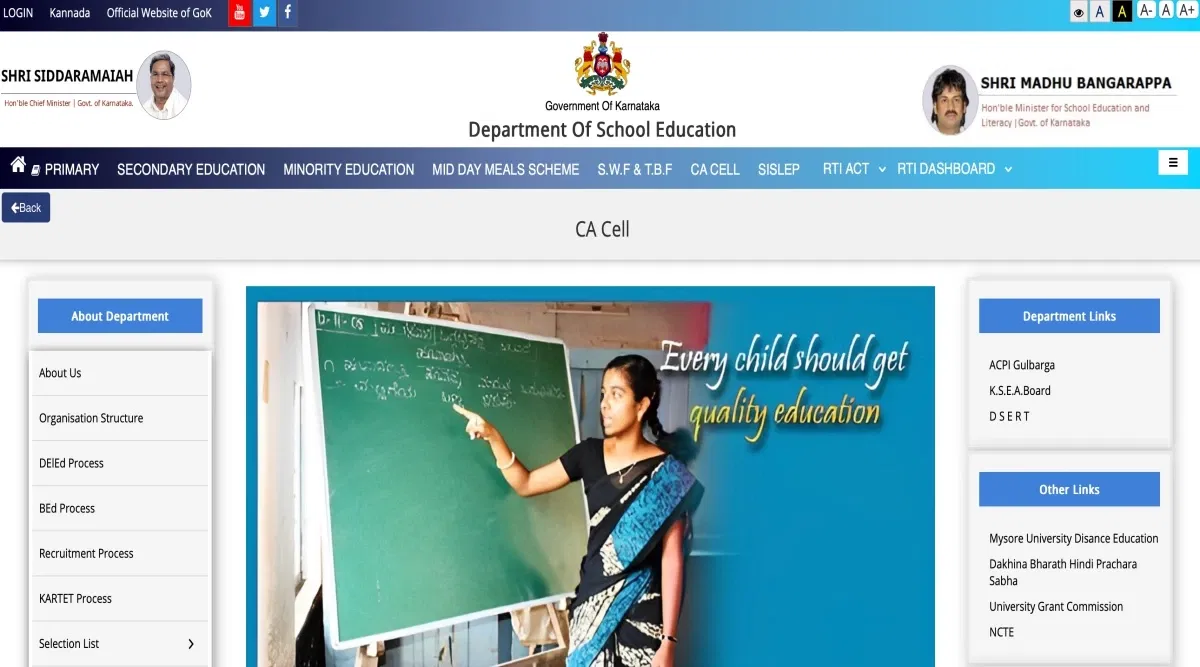
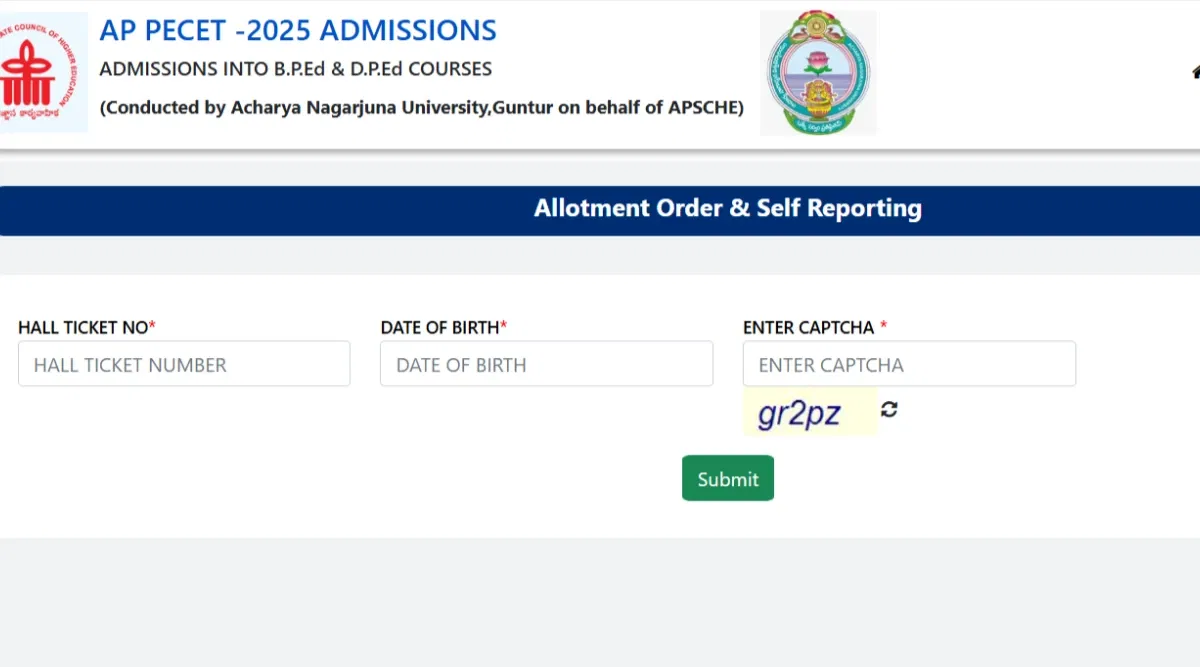
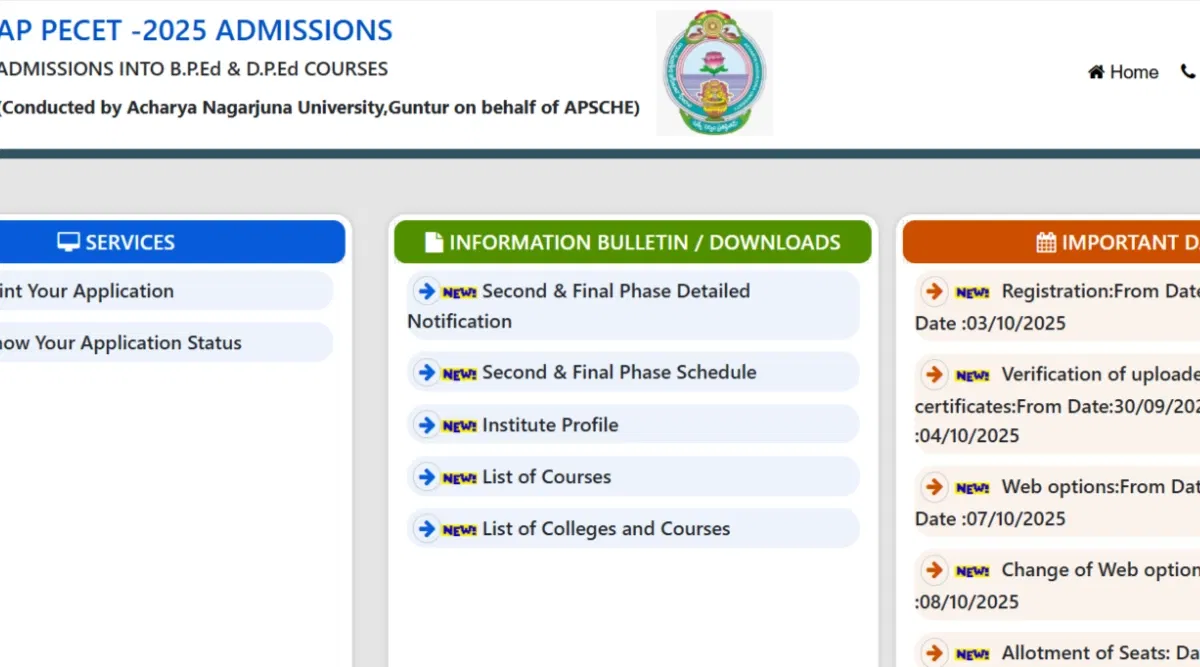
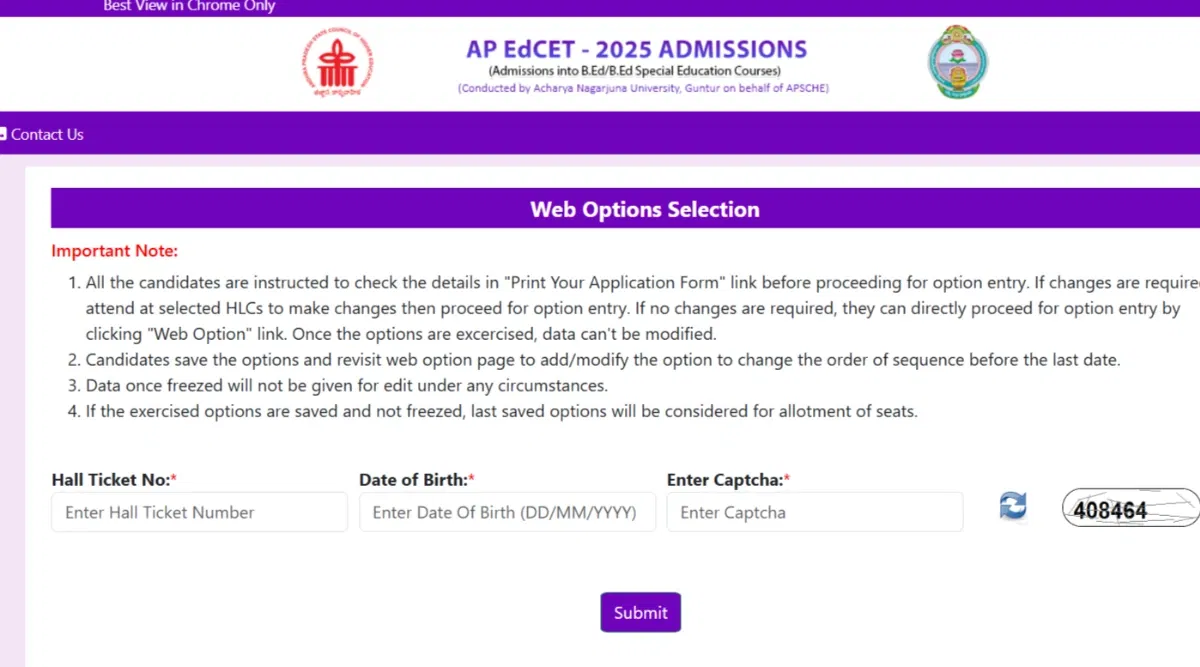
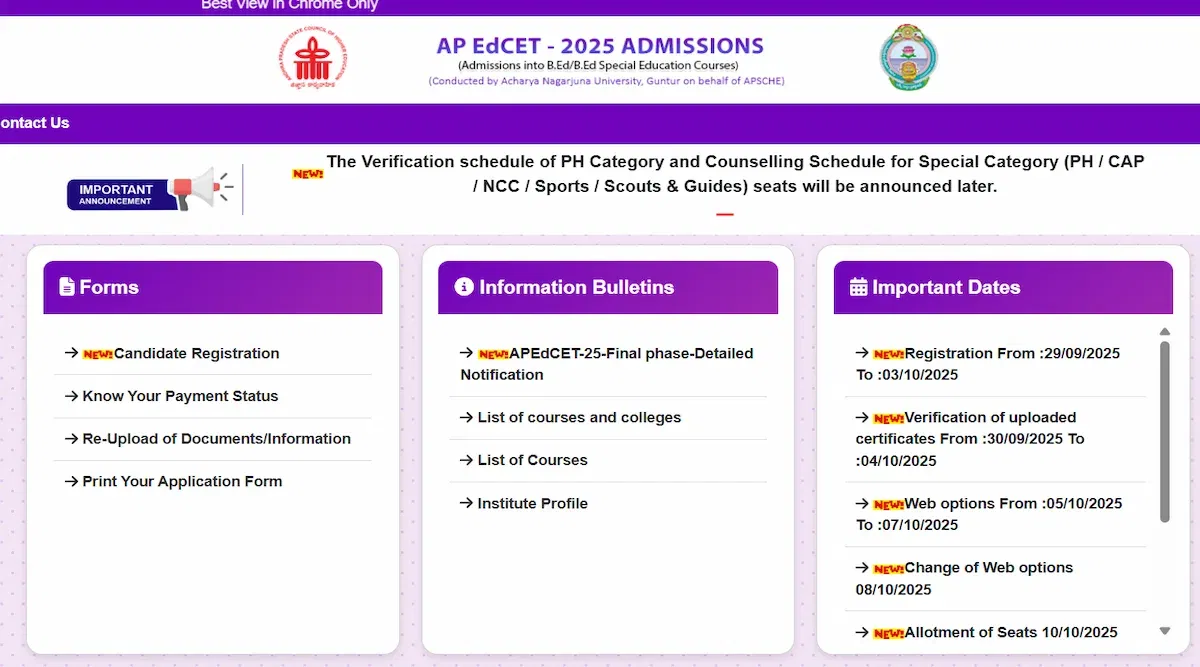


POST YOUR COMMENT